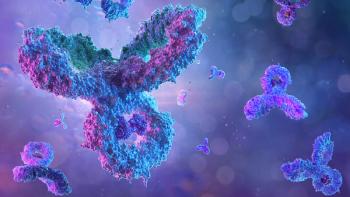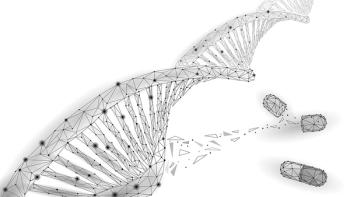
ISSCR Releases Updated Guidelines on Stem Cell Research
The updated guidelines detail best practices for conducting research with human embryonic stem cells.
On May 12, 2016, the International Society for Stem Cell Research (ISSCR) released its
Stem cell research oversight
ISSCR outlines an embryo research oversight (EMRO) process, or a specialized oversight process for research involving human embryos. In an
In the case of human-animal chimaeras, ISSCR provides guidelines for the welfare of transgenic animals. This includes prohibiting the breeding of animals that may have human gametes. ISSCR also writes induced pluripotent stem cells (iPS cells) should be excluded from specific stem cell research oversight. Instead, researchers should “call on the existing human subjects review processes to oversee donor cell recruitment,” ISSCR wrote in a
The impact of communication
ISSCR places significant importance on the role of groups responsible for communicating information on stem cell science to the public. Those groups, ISSCR notes, include the media, scientists, clinicians, industry, and science communicators. The guidelines suggests that communicators play an important role in fairly representing the reality of stem cell science, which emphasizes “the need for balance, clarity and the avoidance of unrealistic optimism,” researchers express in the Nature article.
Whether or not stem cell research lives up to the media hype has been a popular discussion among experts, some of which believe communicators have neglected to emphasize the challenges associated with using stem cells. An article published in the
Safety concerns
ISSCR advocates for robust safety precautions for clinical trials involving human embryonic stem cells. More specifically, ISSCR explains it will support laboratory-based research focused on “gene editing of the nuclear genomes of human sperm, egg, or embryos, when performed under rigorous review, but hold that any attempt to apply this clinically would be premature and should be prohibited at this time.”
Techniques such as mitochondrial-replacement techniques (MRT) and CRISPR-Cas9 can allow scientists to modify nuclear DNA of sperm and eggs in humans. While these new technologies may, in the future, provide viable treatment options, there still may be concerns with the safety of these processes. For this reason, according to Nature, “societal consensus is lacking on whether making changes that can be inherited to the genomes of individuals is something that humankind should pursue.”
ISSCR notes that while this guidance is not binding, it may provide an effective way for regulators and industry members to better understand stem cell research. The guidelines may be revised in the future to address additional ethics and safety concerns that arise.
Source:
Newsletter
Stay at the forefront of biopharmaceutical innovation—subscribe to BioPharm International for expert insights on drug development, manufacturing, compliance, and more.





